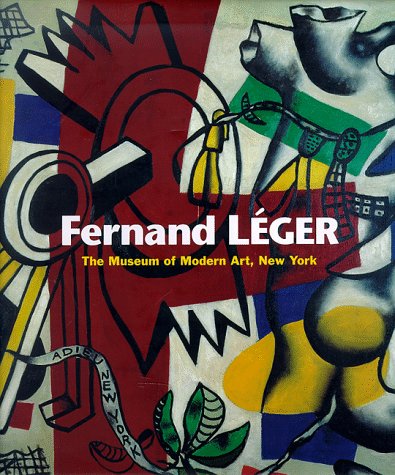Fernand Leger is the only major modern artist to choose modernity itself as his subject. From his early series "Contrastes de formes, " of 1913-14 - the first fully abstract works to emerge from Cubism - through his paintings of construction workers from the late 1940s and early 1950s, his enduring subject was the pulse and dynamism of everyday life. Leger saw the twentieth-century environment as "a state of contrasts, " a condition that he translated into art through forceful juxtapositions of shape, color and line. His attempt to reconcile the formal concerns of artmaking with issues of social responsibility continues to be relevant to the art world of today. This book is published to accompany a retrospective exhibition appearing at The Museum of Modern Art in the winter and spring of 1998 - New York's first in-depth survey of Leger's work in over forty years. The essays include Carolyn Lanchner's account of Leger's experience of and interest in America (he visited the United States several times, and lived there during World War II), and also of America's interest in him. Jodi Hauptman explores refractions of Leger's interests in the work of more recent artists, and Matthew Affron discusses Leger's ambition to make an art reflecting the "new visual state" of modern life. The plate section reproduces over eighty of Leger's paintings and drawings, and is accompanied by a series of short essays tracing formal and thematic developments in his art.
- ISBN10 0810961857
- ISBN13 9780810961852
- Publish Date 31 December 1998
- Publish Status Out of Print
- Out of Print 12 November 2014
- Publish Country US
- Publisher Abrams
- Imprint Harry N. Abrams, Inc.
- Format Hardcover
- Pages 303
- Language English
